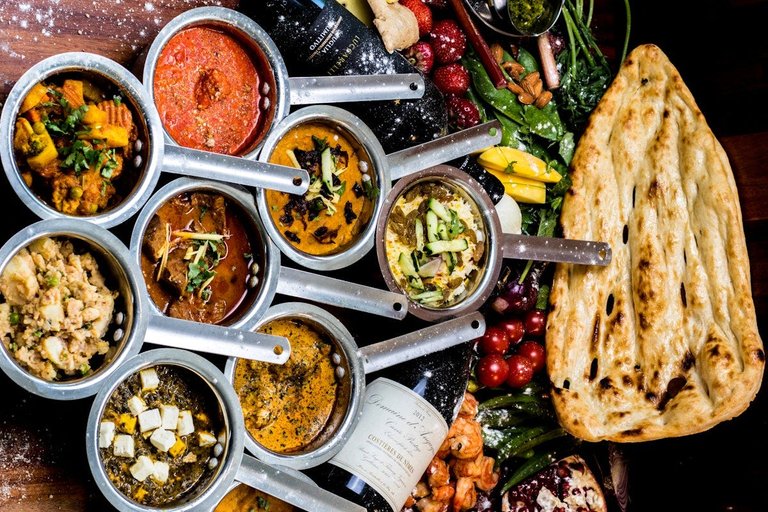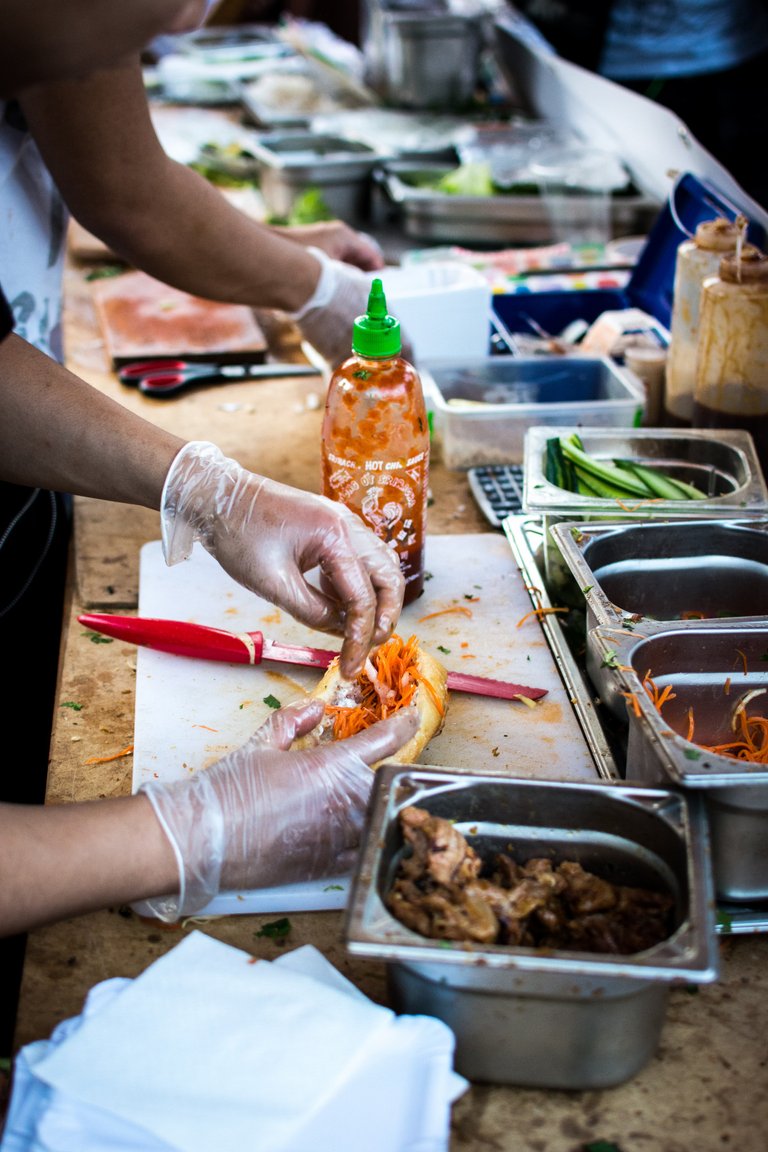Knowing fully well that food is a needed push for life's continuity, knowing what to eat and what not to eat, still seems to be a problem for some people. Let's talk about food contamination today, shall we?
Food contamination is a major public health problem, leading to food-borne diseases that affect people a year in and out.

medium.com
Microorganisms definitely grow in foods, and when they do, they create changes in the flavor, odor, and appearance of the food. As if these were not enough, the microorganisms themselves produce degradation changes these changes include; fermentation and rancidity. In addition to degradation, substances like; slime and pigments which cause changes in food quality are also produced.
In general terms, food contamination is described as when a food is considered unsafe for consumption, either because it contains microorganisms like parasites or bacteria, or toxic substances that just make them fit for consumption. Food contamination could come in a chemical, physical, or biological form.
Consuming contaminated food causes illness in millions of people, and even cases of death are created. Food safety becomes greatly compromised when food products get contaminated with hazardous and toxic agents, which is the reason the nature and source of every meal need to be greatly understood.

pxhere
When an unwanted substance is found in food it leads to food contamination. Members of the food industry must take responsibility to control food contamination. The contamination can happen at any point in the supply chain.
I mentioned earlier that there are three types of food contamination, let me talk a bit more about them, so we can get details on what they really entail.
- Biological Contamination: Biological contamination refers to the presence of harmful microorganisms like; yeasts, molds, bacteria, and parasites. These collective harmful agents are referred to as food pathogens.
Depending on the biological hazards found in food, the effect ranges from being a mild health challenge to a life-threatening food-borne illness. Biological contaminations could produce evident changes in food items after some time;
The production of a bad smile.
Change in food color.
Softening food texture.
Acid production and the lowering of PH products.
While these changes can be really severe, they can also be prevented and controlled with the use of an effective food safety management system.
- Chemical Contamination: This has to do with the presence of unwanted chemicals in food, these unwanted chemicals can compromise safety. These chemicals come in the form of; pesticides, additives, industrial oils, cleaning solutions, and fertilizer residues.
These chemical contaminants pose a great threat to consumer health. They can be divided into; natural, industrial, agricultural, and toxic heavy metal. When some of this chemical contamination finds its way into food, it will create problems such as; swelling, burning, gastric issues, and even some long-term effects.
- Physical Contamination: The presence of physical unwanted/foreign materials in food, the accidental consumption of these materials could lead to choking, injuries, broken teeth and even bleeding. To make matters worse, physical hazards could block the passage of hair and prevent normal breathing.
I also feel that, aside from these three highlighted means of food contamination, there are still things that humans do to contribute significantly to food-borne illness.
Hand-washing procedure: When humans handle food without thoroughly washing their hands, there is a strong possibility of transferring pathogens to food.
Cross-contamination: Kitchen surfaces and tools could get contaminated as well, when this happens, microbes could be transferred from one food to another by using the same knife, chopping board, and other utensils when they are not washed in between.
These are different ways our food could get contaminated, so if the food we consume is not contaminated through the route of production, we have to be smart enough to ensure that the contamination does not happen to us while cooking.
Food safety is very important, as the food we eat has a very strong impact on our health, and from the chain of food producers all through to the food consumers, we all have a part to play in ensuring food safety and by extension, health assurance.
REFERENCES.
https://www.ncbi.nlm.nih.gov/pmc/articles/PMC5302336/
https://www.fooddocs.com/post/what-is-food-contamination
https://www.sciencedirect.com/science/article/abs/pii/B9780128115152000019
https://www.health.state.mn.us/people/foodsafety/prevention.html
Thanks for your contribution to the STEMsocial community. Feel free to join us on discord to get to know the rest of us!
Please consider delegating to the @stemsocial account (85% of the curation rewards are returned).
Thanks for including @stemsocial as a beneficiary, which gives you stronger support.